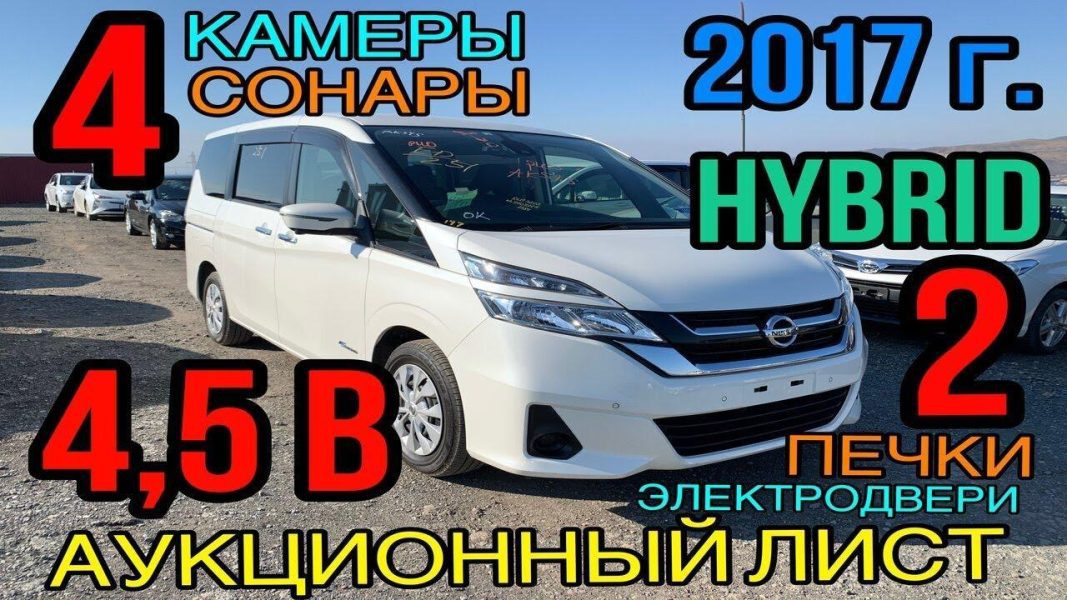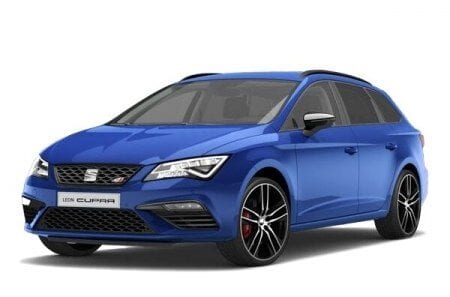
Autonomous drive Nissan Serena 2017 overview
Content
The new Nissan Serena could be the most important vehicle the Japanese automaker will ever make in Australia. Richard Berry tests and inspects the Nissan Serena passenger car equipped with ProPilot autonomous driving technology during its international presentation in Yokohama, Japan.
The Serena passenger van is Nissan's first self-driving vehicle, which recently went on sale in Japan. He won't come here, but the Australians won't miss out on his autonomous technology. It will be a vehicle in Nissan's local range, and ahead of Nissan gave us a quick taste of Serena's new autonomous driving technology at a test track in Japan.
So, is the technology as good as the one already offered by prestigious brands like Tesla and Mercedes-Benz?
Nissan calls the auto-driving technology ProPilot, and it's an option on the top-of-the-line seven-seat Serena. In Japan, 30,000 orders were placed for the fifth-generation Serena before it went on sale, with over 60 percent of customers opting for the ProPilot option.
On the back of this success, Daniele Squillaci, head of the company's global marketing and sales department, said the plan was to spread the technology around the world.
“We're looking to expand ProPilot around the world by tailoring it to major models in every region,” he said.
“We will also introduce the Qashqai – the European best seller – with ProPilot in 2017. Nissan will launch more than 10 models with ProPilot in Europe, China, Japan and the US.”
Nissan Australia has not said which vehicle will be equipped with ProPilot locally, but it is known that the technology will be available in the 2017 Qashqai in right-hand drive in the United Kingdom.
The Qashqai compact SUV is Nissan's third best-selling vehicle in Australia behind the Navara ute and the X-Trail SUV.
This is mobility for everyone with complete peace of mind.
More affordable brands such as Nissan developing and equipping their vehicles with this technology mean self-driving cars are no longer a luxury. Squillaci calls it smart mobility and says it will benefit everyone, especially those who cannot drive due to a disability.
“In the future, we will make the car a partner for our customers, giving them more comfort, confidence and control,” he said.
“Those people who don’t have access to transportation because they might be blind, or older people who can’t drive because of restrictions, technology will probably solve that problem too. This is one of the directions in which we are moving - this is mobility for everyone with complete peace of mind.
These are encouraging and ambitious words, but really, how good is the technology right now? This is what we wanted to test.
Quick technical test
The Nissan ProPilot system currently only works in one lane. This is more or less active cruise control with additional steering. By 2018, Nissan plans that ProPilot will be able to autonomously change lanes on motorways, and by 2020, the company believes the system will be able to safely guide a vehicle in urban areas, including intersections.
We were only given two five-minute rides around the track at Nissan's proving ground in Japan, so it's almost impossible to tell how well the ProPilot will perform in the real world.
Following the lead car in our Serena at 50 km/h, the system was easy to turn on by pressing the ProPilot button on the steering wheel. The driver then selects the distance he would like to keep from the vehicle in front and presses the "Set" button.
A gray steering wheel on the display indicates that the system is not ready to take over control of the vehicle, but when it turns green, the vehicle starts moving on its own. It will follow the vehicle in front and stay in its lane.
When the lead car stopped, my Serena stopped, and when she pulled away, so did my car. Seamlessly. Ideal for bumper-to-bumper driving where the risk of a rear-end collision increases.
I was impressed with the slight changes the car made to the steering on the straight section of the track, with bumps and bumps throwing it off course a bit; just like a driver does when driving his car.
I was also impressed with the system's ability to stay in its lane through nearly 360-degree corners.
If there is no vehicle ahead, the system will still work, but not below 50 km/h.
The large screen displaying self-driving information is easier to read than the display used by Tesla, where a small gray steering wheel is tucked away next to the speedometer.
The ProPilot system uses one high resolution mono camera to identify vehicles and lane markings.
Tesla and Mercedes-Benz use an arsenal of sonar, radar and cameras. But Benz and Tesla are far more autonomous, and while driving the Model S P90d and the new E-Class, we also know they have their limitations — tight curves on roads that don't have clear markings often quickly shut down the system and leave the driver behind. have to take over.
The ProPliot would certainly have the same issues and limitations, but we won't know until we test it on real roads.
Nissan is committed to hands-free driving. Does it fill you with joy or fear? Tell us what you think in the comments below.
